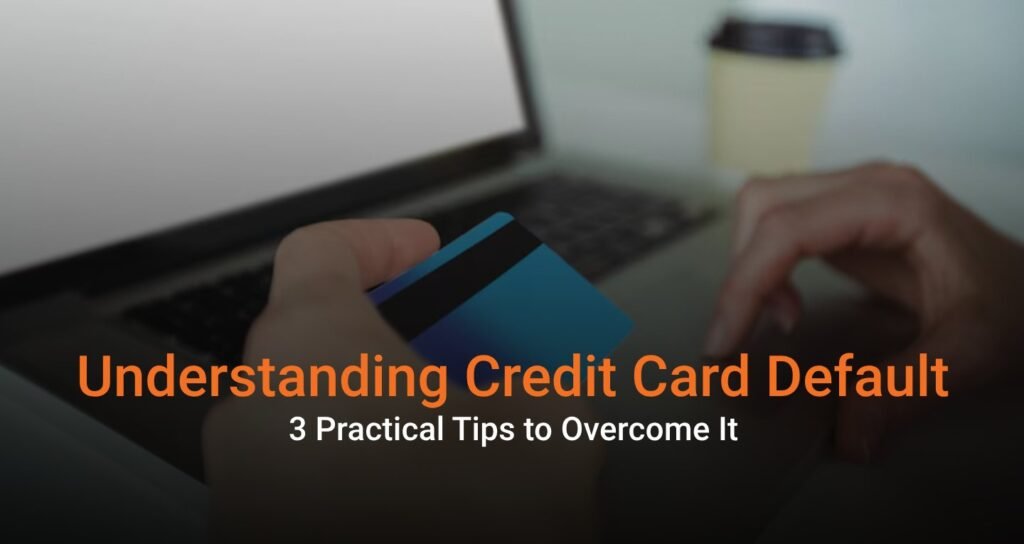According to the latest data from the RBI, credit card defaults in India rose by 28.42% over the past year, reaching ₹6,742 crore as of December 2024.
This significant rise reflects growing stress in unsecured lending, owing to the continued surge in credit card usage. The data also shows that credit card NPAs have increased by over 500% since December 2020 – an alarming trend that highlights the mounting financial pressure on borrowers and the urgent need for responsible credit behaviour.
A credit card default not only disrupts your financial well-being but also restricts your ability to access credit in the future. Combined with challenges like credit card settlements and the potential need for debt consolidation, addressing defaults is essential for long-term financial recovery.
Grasping the Consequences of Credit Card Default
A credit card default occurs when a borrower fails to make monthly payments on their card, leading to a negative entry on their credit report. A default is often linked with a credit card settlement, where the borrower and lender agree that the borrower will repay less than the total amount owed in order to settle the account.
While settlements may provide short-term relief, they can worsen your credit history and impact your chances of future borrowing.
Additionally, many borrowers take on further debt in the hope of increasing income or bridging repayment gaps – yet this can backfire if not managed carefully.
Defaulting on payments can lead to several negative outcomes:
Higher Interest Rates: Once in default, lenders will view you as a high-risk borrower, often resulting in significantly higher interest charges.
Damage to Credit Score: Defaults remain on your credit file for years and signal risk to other lenders.
Increased Financial Stress: Managing multiple debts alongside a defaulted account can create intense financial pressure.
3 Useful Strategies to Get Past Credit Card Default
1. Negotiate Credit Card Settlements and Eliminate Debt
A practical first step is to confront the problem directly. If you are carrying balances that you cannot repay easily, reach out to your lender through a debt relief advisor and negotiate a credit card settlement.
Negotiate the Terms: Explain your financial circumstances. Lenders may accept a reduced repayment amount to close the account.
Get It in Writing: Always obtain a written acknowledgement (No Objection Certificate) confirming the settlement and your final outstanding amount.
Commit to Repayment: Once the settlement is agreed, start making regular payments to rebuild trust with your lender and improve your credit standing.
2. Use Debt Consolidation to Simplify Repayments
Juggling multiple debts can be overwhelming. Debt consolidation helps by combining outstanding debts into a single loan with a lower interest rate.
Explore Options: Look for a consolidation loan that offers more favourable interest rates and repayment terms.
Budget Accordingly: Fit your new repayment into your monthly budget so that payments remain manageable.
Track Your Progress: Monitor your credit utilisation and repayment history to ensure continued improvement.
3. Build a Habit of Timely Payments and Financial Discipline
Rebuilding your credit health requires sustained effort and responsible behavior.
Set Up Direct Debits or Alerts: Use direct debit facilities or phone reminders to avoid missed payments.
Keep Credit Utilisation Low: Try to stay below 30% of your available credit limit to demonstrate responsible use.
Check Your Credit Report Regularly: Review your credit file periodically to catch errors and track improvements.
Final Thoughts
Navigating a credit card charge-off is definitely challenging, but it’s not unmanageable. Through smart negotiations for settlements, considering debt consolidation, and developing solid repayment routines, you will slowly improve your financial health. Bear in mind that every little effort matters – be determined, be educated, and your credit history will be repaired.


